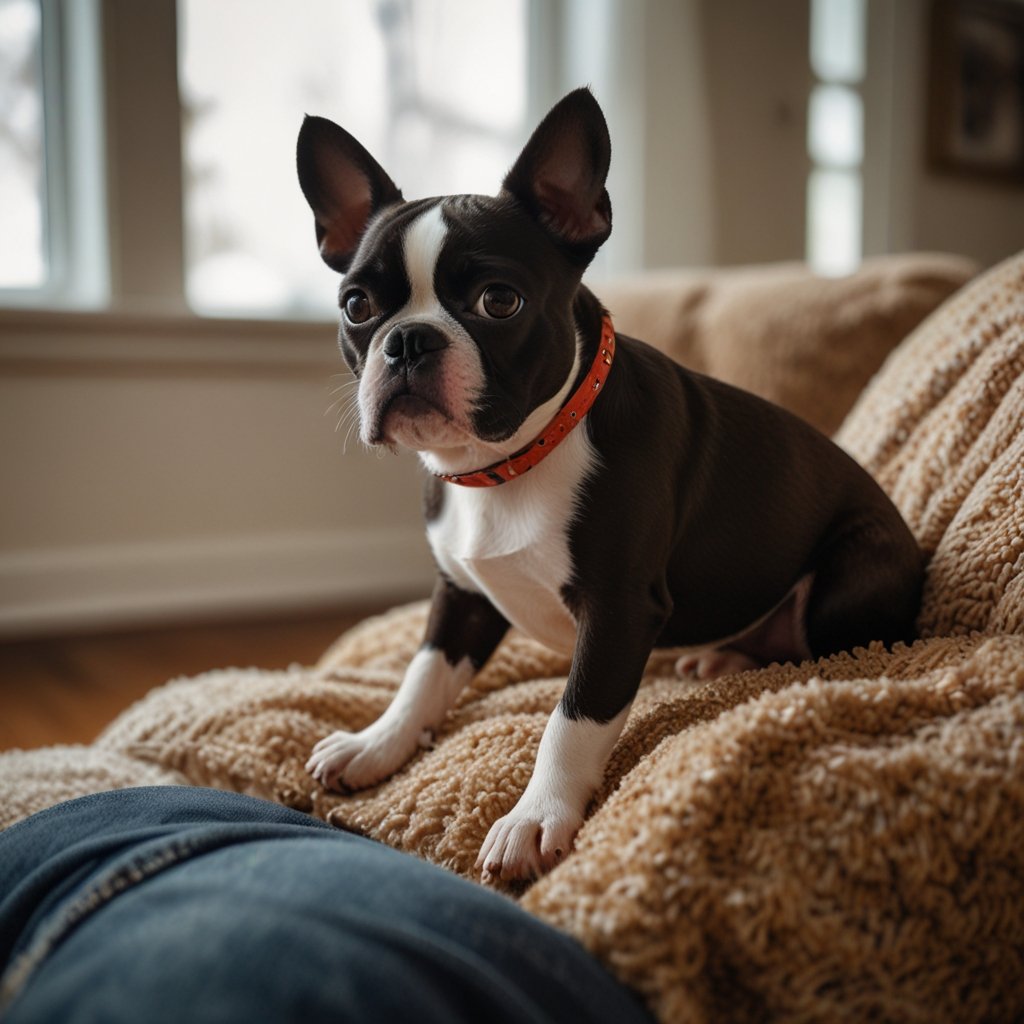Pet Care
Top 10 Safety Tips for New Puppy Owners
Welcoming a new puppy into your home is an exciting experience! But with great cuteness comes great responsibility. Ensuring your puppy’s safety is key to helping them grow into a healthy and happy dog. Here are the top 10 safety tips for new puppy owners to create a safe and loving environment for your furry friend.
Top 10 Safety Tips for New Puppy Owners Table of Contents
- Puppy-Proof Your Home
- Choose the Right Collar and Leash
- Keep Toxic Foods Away
- Provide a Safe Space
- Supervise Playtime
- Regular Vet Visits
- Secure Your Yard
- Use Identification
- Train Early and Consistently
- Be Mindful of Weather Conditions
Before your puppy comes home, inspect every room for hazards. Remove toxic plants, secure loose wires, and store household chemicals out of reach. Puppies are curious explorers and may chew or ingest harmful objects. Block off access to small spaces where they could get stuck and keep shoes, socks, and small items like coins or jewelry out of their reach.
Tip: Use baby gates to limit their access to certain areas until they’re fully trained.
2. Choose the Right Collar and Leash
A well-fitted collar and leash are essential for safety during walks and training sessions. Ensure the collar isn’t too tight—you should be able to slip two fingers underneath it. Avoid retractable leashes for young puppies, as they can encourage pulling and offer less control. Instead, choose a sturdy leash suited to your puppy’s size and breed. Check out our shop page for great collars and leash choices.
Some human foods are highly toxic to dogs, including chocolate, grapes, onions, garlic, and xylitol (in sugar-free gum and candy). Educate everyone in your household about these dangers and make it a rule never to feed your puppy table scraps. Store food securely, and keep trash bins covered to prevent curious paws from digging in.
Learn more: Visit the ASPCA’s Toxic Foods for Dogs.
Puppies need a designated safe space where they can rest and feel secure. A crate or a cozy corner with a soft bed is ideal. This area also aids in housetraining and helps prevent destructive behavior when you’re not supervising. Remember, a safe space isn’t a punishment—it’s a retreat where they can relax and recharge. We have great options for creating your new furry friend at Pet Paws Club.
Puppies love to play, but rough or unsupervised play can lead to injuries. Choose age-appropriate, non-toxic toys that are the right size for your puppy to prevent choking. Monitor interactions with other pets and young children to ensure everyone plays safely and respectfully.
Fun Fact: Regular playtime helps burn off your puppy’s excess energy and improves their mental and physical health.
Schedule your puppy’s first vet visit to check for any health concerns as soon as possible. Keep up with vaccinations, deworming, and flea/tick prevention as your veterinarian recommends. These measures protect your puppy from illnesses and help you establish a care routine for their lifetime.
Helpful resource: American Kennel Club Puppy Vaccination Guide.
If you have a yard, inspect the fencing for gaps or weak spots where your puppy could escape. Remove hazardous items like sharp tools, toxic plants, or small objects they might swallow. Supervise outdoor time until you’re confident your yard is entirely safe.
Pro Tip: If you plan gardening, research dog-safe plants to avoid accidental poisoning.
Make sure your puppy has a secure ID tag with their name and your contact information. Microchipping is another reliable option to help reunite you with your pet if they get lost. Ensure your contact details are always up to date in the microchip registry.
9. Train Early and Consistently
Start obedience training early to teach your puppy basic commands like “sit,” “stay,” and “come.” Training keeps your puppy safe, strengthens your bond, and builds trust. Consistency is key—use positive reinforcement techniques such as treats, praise, and affection to encourage good behavior.
10. Be Mindful of Weather Conditions
Puppies are more sensitive to extreme temperatures than adult dogs. In cold weather, keep them warm with a sweater or jacket if needed and avoid prolonged exposure. Avoid walking them on hot pavement that could burn their paws during hot months. Always provide plenty of water and access to shade.
Safety Tip: Learn the signs of heatstroke in dogs, such as excessive panting, drooling, or lethargy, and act quickly if they occur.
Final Thoughts
Bringing a puppy home is a joyful journey filled with learning experiences. Following these safety tips will provide a secure environment for your puppy to thrive. Remember, the care and attention you give today lay the foundation for a lifetime of love and companionship.
Sources:
- ASPCA, “People Foods to Avoid Feeding Your Pets”
- American Kennel Club, “Puppy Vaccination Guide”
Do you have tips or experiences to share as a new puppy owner? Let us know in the comments below!

